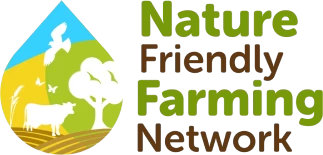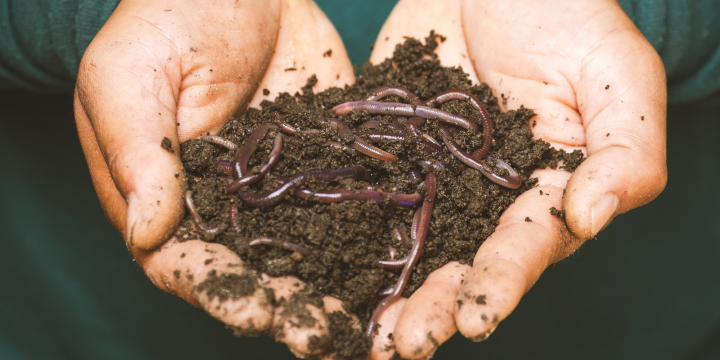Farming is changing – from the sole purpose of producing as much food as efficiently as possible to a new future where food production works alongside climate mitigation, biodiversity restoration, improved water quality and increased soil health. There is a pathway where farming can secure these goals in tandem, but finding it is not always easy. It relies on decisions that seek to maximise benefits while avoiding trade-offs and unintended consequences. These vary from farm to farm and from landscape to landscape; what might work in one area or system could adversely impact another. Take tree planting, a vital tool in the armoury of climate action, but planted in the wrong area can lead to biodiversity net loss, crowding out rare plant species or leading to carbon losses from the soil. These unintentional outcomes highlight some of the complexities of developing an effective climate mitigation strategy at the farm level.
The project
As many farmers begin their first steps to a climate and nature-friendly future, how can we help them make decisions that benefit their business, climate and biodiversity, and how do we measure success? These were some of the critical questions posed at the beginning of our carbon and biodiversity auditing project, which worked with 35 farmers in Northern Ireland to deliver an assessment of the carbon footprint and biodiversity value of their holdings.
Carbon audits are gaining increasing prominence across the UK, with several different tools available. These aim to indicate a farm’s emissions compared to what is being sequestered by soils and natural vegetation, offering high-level recommendations on what farms can do to reduce their emissions. Biodiversity auditing is less prominent, which assesses all existing farm habitats and consequent biodiversity value. Our project sought to provide a holistic view of the farm to help inform on-farm strategies for delivering climate mitigation and biodiversity restoration hand in hand.



